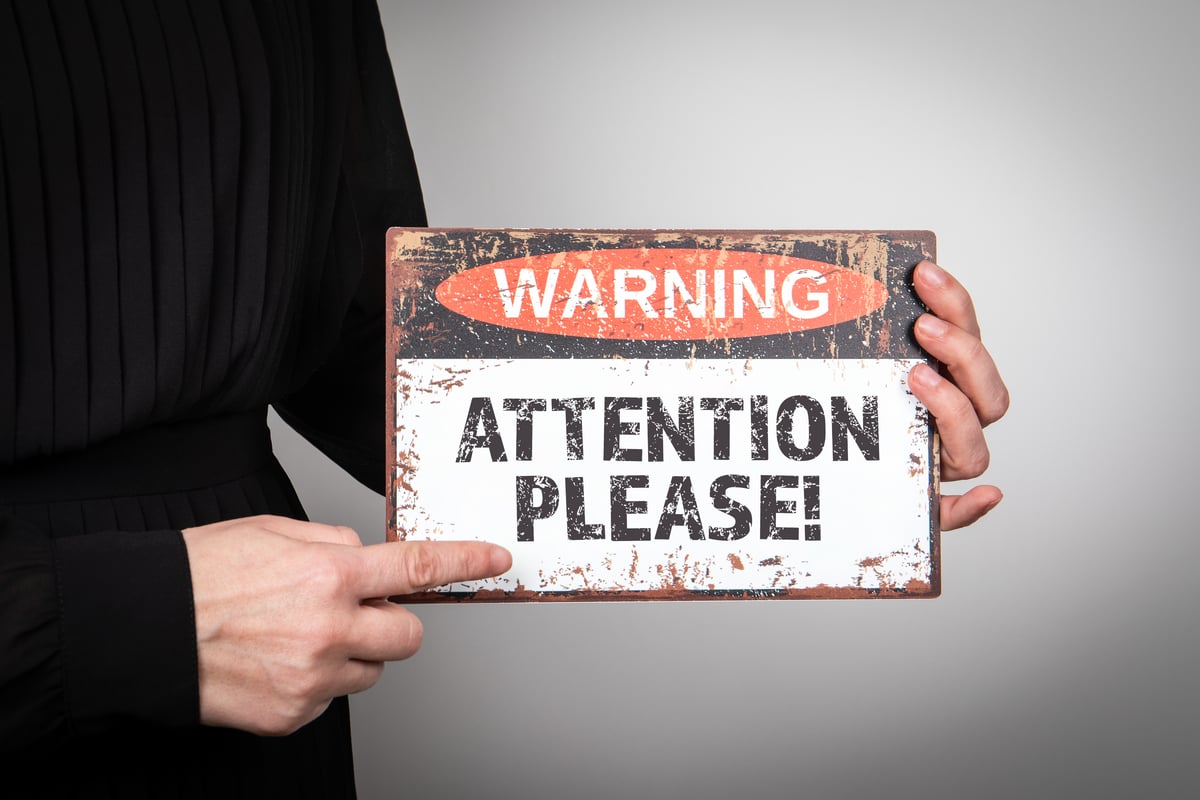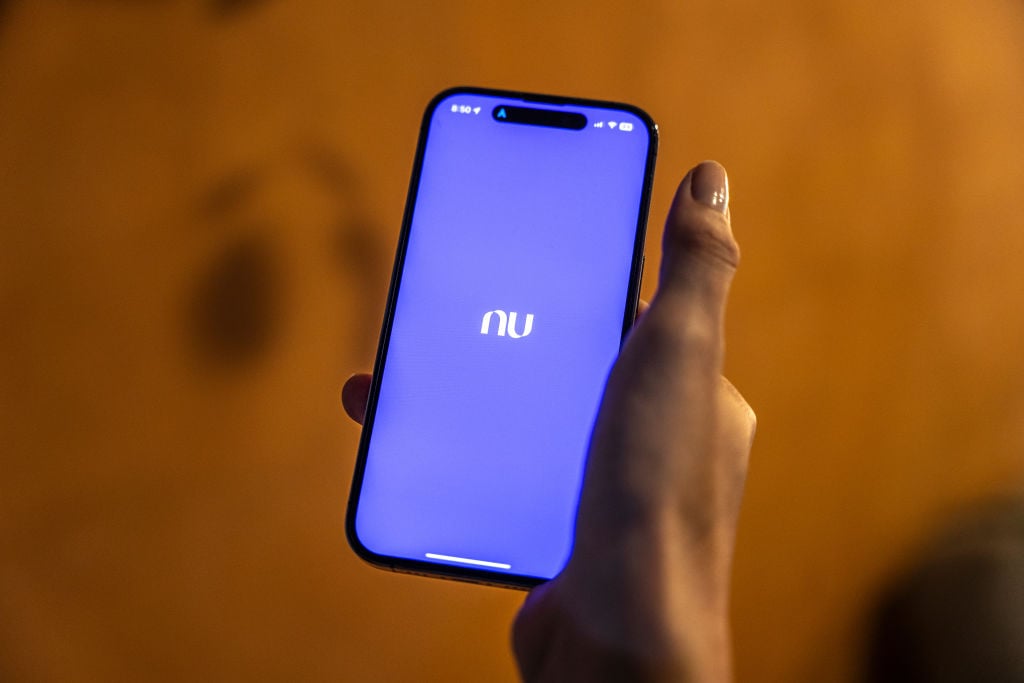Online banks, peer-to-peer lending, peer-to-peer payments, and mobile banking are some of the biggest technological innovations that have changed banking as we know it. Join Industry Focus: Financials host Michael Douglass and Fool.com contributor Matt Frankel on a trip down memory lane as they discuss how banking used to be and how it's changed.
A full transcript follows the video.
This video was recorded on June 25, 2018.
Michael Douglass: Of course, one of the big things that happened over the last 25 years is the extended use of the internet. As a result, internet-based companies -- some of you have probably heard of Amazon -- have really grown and hit their stride. A good example, of course, on the banking side is the online-only banks.
Matt Frankel: Yeah, there's a few. We talk about BofI pretty often on this show.
Douglass: Constantly, yeah. [laughs]
Frankel: Right. [laughs] But, there were a couple that actually came before, that primarily offered just savings accounts and CDs. They figured out really early on that because they had an online-only business model, they were able to save the whole expense having branches, employees, things like that, and offer better interest rates than everyone else was paying. Personally, I had an ING savings account, I think it was, in 1998 or '99. That was a big change over the past 25 years. Pretty much, if you wanted to open a savings account 1993, you went to a banking branch. There was really no other option.
Douglass: Right. Relatedly -- let's dig into that a little bit more -- there have been a number of other technological innovations that have really changed the nature of financials -- banking and banking activities. One of the big ones, of course, peer-to-peer payments. It used to be, you got your loan from, maybe your parents, maybe from a VC, maybe from a bank; not really so much from a dispersed group of people who are each kicking in $25 or $50 or however much to fund your idea.
Frankel: Yeah. If you wanted to borrow money in those days -- say you needed $20,000 to consolidate a bunch of credit card debt -- you pretty much had to go to a bank unless you had wealthy friends or something to that nature. It was really tough to find anywhere else to borrow money. And the lending process, because there was really only one option, was very lengthy, very inefficient, and very tough to get through, in many cases.
Peer-to-peer lending has not only forced some of the banks to get on board with this whole trend of making loans a little easier, including more customers, but it's really driven down prices and increased competition. It's really been a good thing for consumers who need to borrow money. Goldman Sachs, we've talked about the Marcus platform, a lot of the big banks like that are getting in on this and seeing the value in that business model.
Douglass: Right. Related, of course, to peer-to-peer lending is also peer-to-peer payments. Nowadays, you can Venmo people money if you want to split a check, which certainly has saved me an inordinate amount of time, and usually money, because somehow, whenever a check gets split five ways, I always seem to pay more than the numbers indicate that I should be. And I'm just like, somebody figured out how to get a free meal here.
Frankel: [laughs] Definitely. I need to use Venmo one of these days so I know more of what you're talking about.
Douglass: Oh, yeah, sorry. [laughs]
Frankel: No, but, having said that, I do use PayPal, I've used Zelle before. That's pretty much the same thing.
Douglass: Right.
Frankel: The process in 1993 -- 25 years ago, when The Fool was born -- if you wanted to give your friend money, you pretty much had two choices: you could write them a check, then they would have to go to the bank, cash or deposit your check to get the money; or, you could go to the bank or ATM -- ATMs existed in those days -- and get the money out and physically hand it to them. Either way, there was a trip to the bank involved. Now, that's not a thing anymore. People my age or older remember this, but a lot of people 30 and younger really don't remember having to go to a bank to get money.
Douglass: Well, I remember how often my parents -- we, of course, had to go to the bank for whatever reason. They always had those really poor-quality lollipops that were still really good. Do you know what I'm talking about?
Frankel: [laughs] I remember those well.
Douglass: I remember really liking the green apple one. Anyway, that's its own long conversation. We can have a whole episode just on candy flavors and our favorites.
Speaking about technology a little bit more, too, a lot of this ties into this idea of mobile banking, internet-based banking. That really didn't exist. Online banking portals didn't even start to appear, really, until the mid-to-late 90s. And, well, let's just say they weren't terribly user-friendly. That seems to have taken off really in the last few years, to get to a good, fairly frictionless experience.
Frankel: I'm aging myself a little bit now, but the first time I became an adult was in the late 90s. I had an account at what was known as Commerce Bank, which is now part of TD. I clearly remember logging on to the online portal, I want to say early 2000s. You could pretty much check your balance. That was really the extent of its functionality.
Douglass: [laughs] Right.
Frankel: There was no such thing as mobile deposit. If you wanted to deposit, you had to go to the bank. People my age probably remember how long the bank drive-thru lines got back in those days. The lollipops Michael was just talking about were the motivation my parents had for getting us to sit through the line with them. "You'll get a lollipop at the end of this, don't worry." It's really boiled down to, banking has become so much more convenient than it used to be.





